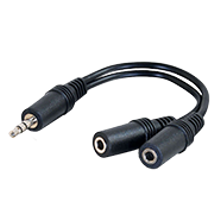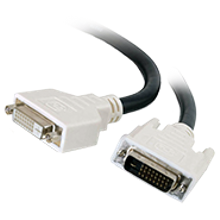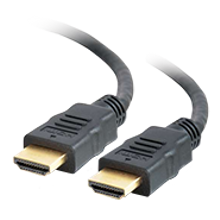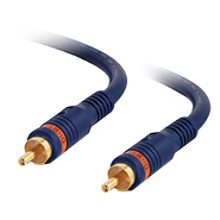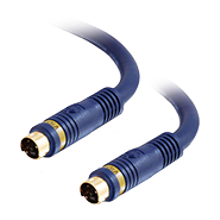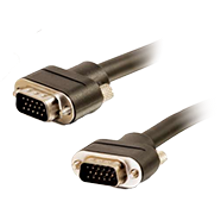Audio / Video Cables
Audio and video cables are essential components in setting up any audio-visual system. They are used to transmit sound and picture signals from a source, like a media player or computer, to an output device, such as speakers or a television.
HDMI Cables
- Cable Type: There are several types of HDMI cables, including standard, high speed (with or without Ethernet), and ultra high speed. The type you need depends on your devices and the quality of the video you want to transmit.
- Cable Length: The length of the cable can affect the signal quality. For most home uses, a cable of up to 15 feet should be sufficient.
- Version: Different versions of HDMI support different features. For example, HDMI 2.0 supports 4K video at 60Hz, while HDMI 2.1 supports 8K video and other features.
Audio Cables
- Stereo audio cables are commonly used to connect audio devices.
- They are typically used to connect headphones, speakers, or microphones to various audio sources like smartphones, computers, and amplifiers.
- The “3.5mm” or "2.5mm" refers to the diameter of the plug, and “stereo” indicates that the cable carries two separate channels for left and right audio, providing a stereo sound experience.
DVI Cables
- DVI, or Digital Visual Interface, cables are designed to transmit high-quality video signals from a source device, like a computer, to a display device, such as a monitor.
- There are different types of DVI connections, including DVI-D (digital only), DVI-A (analog only), and DVI-I (integrated digital and analog).
- High-quality video transmission: They can deliver sharp, high-resolution images, making them suitable for professional and home environments.
- Dual-link capability: Some DVI cables are dual-link, which allows for higher resolutions and faster refresh rates.
- Analog and digital signal transmission: DVI-I cables can transmit both analog and digital signals, offering versatility in connecting different types of displays.
VGA Cables
- VGA, or Video Graphics Array, cables are used to connect computers to monitors, projectors, or other display devices. They carry analog video signals and support resolutions up to 640 x 480 in 16 colors, or 320 x 200 in 256 colors.
- SVGA cables, also known as Super VGA cables, are used to connect computers to monitors, projectors, and other display devices. They support higher resolutions than standard VGA cables and are commonly used for video presentations, graphic design, and gaming. SVGA cables typically have a 15-pin connector and can carry analog video signals.
